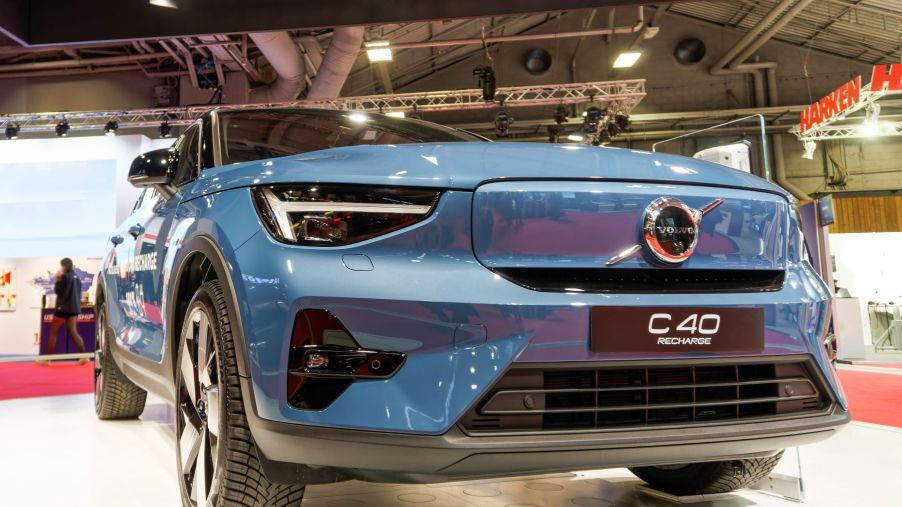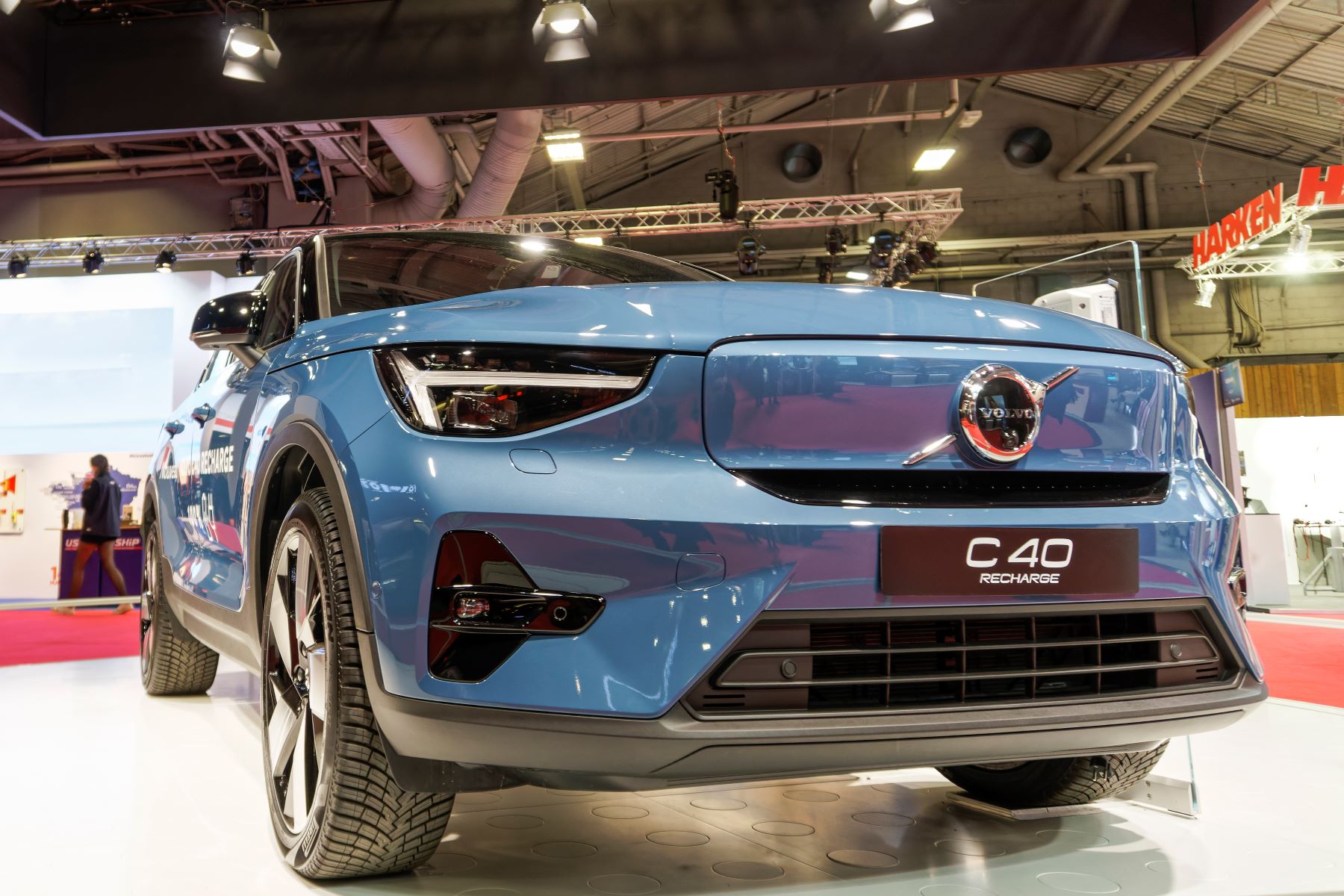
3 Advantages the 2022 Volvo C40 Recharge Has Over the Polestar 2
The Volvo C40 Recharge is one of the most overlooked electric vehicles compared to other luxury electric SUVs on the market. So, how does it stack up to the competition? Here are four reasons why the C40 is a better choice than one of its competitors, the Polestar 2.
1. The Volvo C40 Recharge has more standard horsepower and torque

You’ve probably heard of horsepower before, but what exactly is it? To put it simply, horsepower measures how powerful an engine is. It affects the acceleration of the vehicle. Meanwhile, torque transfers force from the engine to the wheels and also affects acceleration.
According to U.S. News and World Report, the main difference between the two is that torque also affects towing capacity, so it is preferred for pickup trucks. Higher horsepower is more for race cars and makes them go faster.
In other vehicles, both metrics are associated with performance. So, how does that affect the Volvo C40 Recharge and the Polestar 2? According to Edmunds, the Polestar 2 has 231 hp and 243 lb-ft of torque. For the C40 Recharge, Edmunds states that the car has 402 hp and 486 lb-ft of torque — nearly double the hp and precisely double the torque.
Competing vehicles like the BMW i4 usually have at least 300 hp. If you want better specs and overall performance, the C40 Recharge is the way to go.
2. The Volvo has standard AWD
All-wheel drive (AWD) used to be an incredibly luxurious feature. It still is in many ways — typically, the more expensive luxury EVs have it — but it is starting to become the standard in most vehicles. EVs like the Volvo C40 Recharge are leading this movement. AWD is standard on all trims of the vehicle. Meanwhile, Car and Driver states that the Polestar 2 has front-wheel drive as standard, with AWD as an optional upgrade.
According to Polestar‘s website, the Polestar 2 front-wheel-drive model starts at $48,400 MSRP, while the AWD model starts at $51,900 MSRP. The price is below the C40 Recharge’s price ($58,750 MSRP), but given the other lackluster specs, this doesn’t feel like a bargain. This is also considering that the C40 Recharge has many other features, including a high-tech safety system, according to Volvo‘s website.
If you’re wondering what the hype is about AWD, let’s look at how it stacks up against front-wheel drive (FWD). FWD is when the engine powers only the two wheels at the front. According to U.S. News and World Report, only two wheels propel the vehicle forward and allow it to maintain traction. All-wheel drive uses all four wheels for these purposes. They’re better in all weather conditions, especially snow.
3. The Volvo C40 Recharge has more cargo capacity
SUVs are often the best choice for families. Whether you’re carting around sports equipment or luggage, more cargo capacity is a must. However, not all SUVs have the same cargo capacity, which shows with the Polestar 2 and Volvo C40 Recharge. Consumer Reports describes it as a vehicle with a “tight interior,” which isn’t exactly a compliment for an SUV.
While Consumer Reports also says that the C40 Recharge has “just the cargo space of a hatchback car,” the specs show that it does have more cargo space. The Polestar 2 has a max cargo capacity of 39.9 cubic feet, while the C40 Recharge has a max capacity of 42.6 cubic feet, according to Motor1. While it’s not a substantial difference, every little bit of room counts, especially if you tend to pack your SUV full.


